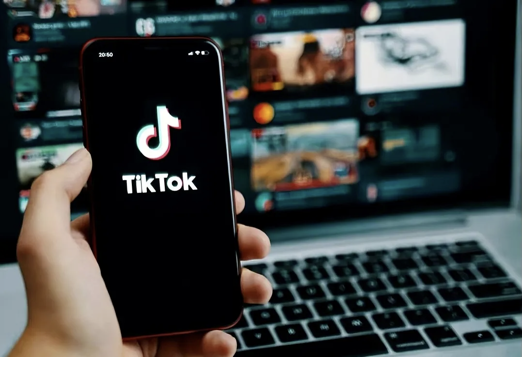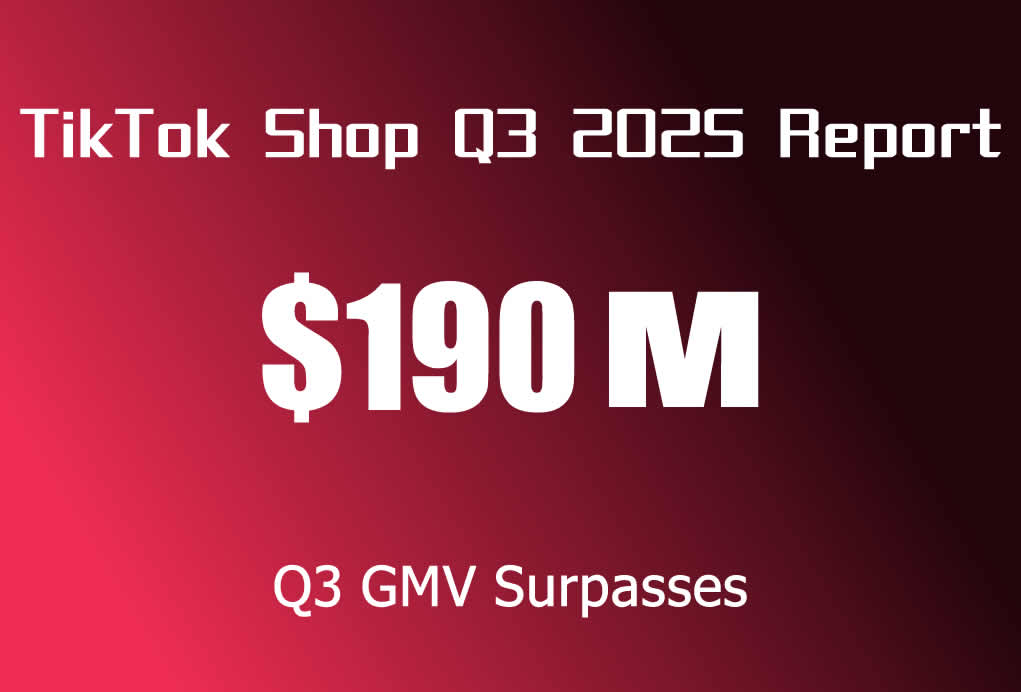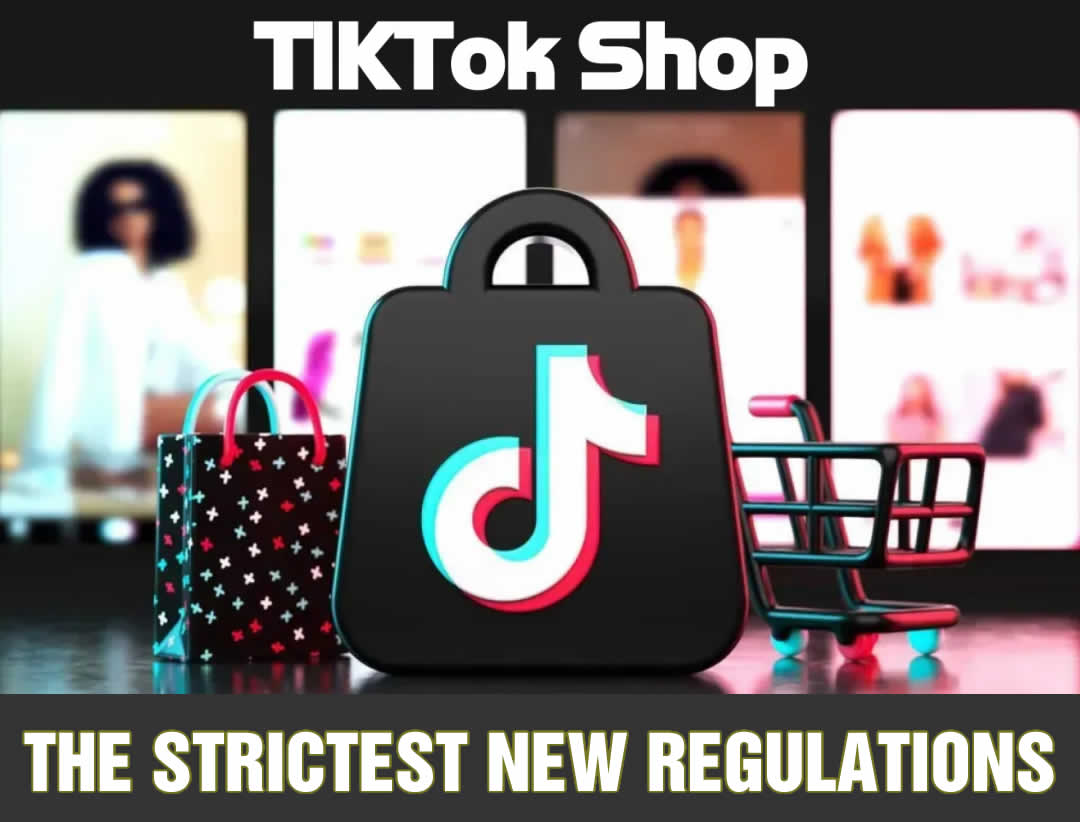Previously, we reviewed Unity; now let’s summarize the remaining active media channels. Regarding video channels:
The main ones are Unity, Applovin, ironSource, Vungle, and Mintegral. I haven’t paid much attention to smaller ones yet. If your channel isn’t listed, please contact me directly so I can start integrating ads one by one.
Here’s the traffic size of these channels, from largest to smallest: Applovin > Unity > Mintegral > ironSource > Vungle (based on my personal experience and actual campaigns).
Let’s delve into why Applovin has such a large volume (this is just a theory, not a definitive conclusion). Officially, they claim it’s due to their superior algorithm that helps developers earn more, thereby gaining higher exposure from developers. However, I suspect it’s also because many developers use MAX for monetization management, which incidentally integrates with Applovin. MAX then knows the bidding prices from other competitors. For instance, if Unity bids $5 for an exposure, MAX might calculate that bidding $5.01 could secure the opportunity and still be profitable. Thus, they bid $5.01 to win the bid… Whether advertisers bid $10, I’m not sure if they know.
Disclaimer: Since I’m not well-versed in monetization processes, this is just my speculation. It might simply be because MAX covers more developers, resulting in more opportunities for obtaining traffic.
Unity benefits from its game engine integration for ad placements, which contributes to its traffic volume. As for why Mintegral also has substantial volume, one might simply say, “Chinese people are hardworking.”
When integrating with these channels, there are several issues to be aware of:
- iOS attribution issues with video channels: Due to iOS’s SKAdNetwork (SKAN), traffic from platforms like Facebook and Google is attributed as organic within MMP, but Unity and Mintegral use probability attribution. This discrepancy means that traffic from Facebook and Google may overlap with video channels but be attributed differently, potentially skewing the reported data for video channels.
- Some of Unity’s traffic includes sub-sites that install with zero subsequent actions or retention, indicating potential quality issues. These sites might include retention runs that could be flagged and blacklisted, but failing to notice could lead to prolonged issues.
- When directly setting up accounts with Unity’s channels, it’s crucial to note that funds deposited via card binding or wire transfer are non-refundable, even if not fully spent. Therefore, if you’re just testing a channel, start with a small deposit, confirm its reliability, then increase funds. Alternatively, consider having a direct sales client handle billing or using an agent initially to ensure everything runs smoothly.
- Applovin’s pitfalls include being unfriendly to new customers. I faced several failures when attempting to grant myself account permissions (likely due to luck or technical bugs). Despite these minor issues, their system often delays actions with a generic “system error” message, which can be frustrating.
Additionally, Applovin insists on managing the investment themselves rather than allowing users direct control, which can be unsettling, especially when larger sums are involved.
- Mintegral, a Chinese company, provides notably better service compared to Applovin, possibly due to a larger workforce (not to criticize Applovin’s staffing). It’s important to note that Mintegral’s Viewthrough attribution rate is the highest among all channels. When running campaigns, it’s crucial to monitor this closely. If necessary, disable third-party attributions or shorten attribution windows. Though I haven’t extensively researched this, it’s clear that attributing conversions solely based on views for both images and videos is likely unreasonable.
Mintegral also primarily operates on a CPE model (although I haven’t tested others, so there may be alternatives). Ensure all events are reported back from the start, and at least report back on value and revenue. While I believe this should suffice, keep in mind that some of Mintegral’s traffic might include low-quality sites associated with internet earnings. Therefore, consider running CPE campaigns for optimized sub-sites, as combining retention and CPE evaluations might yield better results. I’ve encountered situations where retention rates were good but event conversions were poor, indicating issues with the traffic itself that need to be identified.
When running video channels, be cautious of traffic from sub-sites that aren’t solely dedicated to casual gaming. Video channels often integrate ad exchanges (ADX), such as Unity and Mintegral, which can include lower-quality sites within larger sub-sites. Filtering these out solely through site blocking might not suffice. Consider running campaigns aimed at post-action or retention targets to enable the system to identify higher-quality users within these traffic sources.
That’s the current summary; more updates will follow later. Compared to mainstream channels, iterating on materials may not be as challenging, but having a sufficient quantity of materials can accelerate conversion rates and increase volume. Major media outlets also have their pitfalls, so be prepared to navigate and avoid these when running such channels. Typically, these issues can be managed effectively, and sometimes, due to less mature advertising algorithms, there may even be opportunities for unconventional tactics to secure additional volume. I’ll experiment with more specialized approaches later to see if they yield results.




